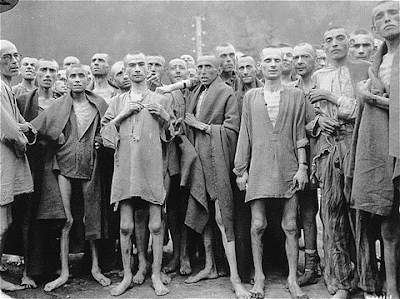They are not Human Beings but Water Babies: Stigmas, Beliefs, and Life Trajectories of People with Disabilities in Ghana
Measuring Social Perceptions Panel 2011 Inquiry Conference Presentations
By Rachel Morse
http://kennedy.byu.edu/events/inquiry/video/2011/index.html
It’s not just an issue in Ghana—it’s global. People who were deaf, blind, or have an amputated limb begged in the markets. Some parents hoped disability would go away, some parents were realistic and said it will never go away. A father of a deaf son said:
“His disability makes people regard him as though he is not a human being. People will cheat him out of his money.” He also said how at school some children would play with him, but that most would laugh at him and tease him. The father hoped that the son’s future would be brighter with a good education. Despite his negative, and possibly realist, perspective on his son’s condition, he said to the researcher how much he loved his son—that he loved him “too much.”
Morse found that although some parents support their children with disabilities and have great hopes for their future, that most individuals with disabilities wonder aimlessly on the town square in Ghana begging for money with no support at all. They depend on the community to feed them throughout the day, and their mothers will come to them at night to clean them or give them food. Some believe that they can “catch” a disability as if it were an illness. Some people in Ghana have stories that tell morals regarding causes of disabilities.
They can’t eat: eggs, snails, tortoise shells, or other slimy foods. They will make their children drool or have a disability. Mothers carrying babies known to have disabilities can be aborted. It said on a slide in the presentation that “children born with disabilities are considered Water Babies. Water Babies turn into snakes.”
Between the ages of 1 month and 3 years, parents have the choice of keeping their baby with a disability or giving it to the “fetish priest.” He then performs the “last rights on the child” and takes the baby out to the bush and hide and watch the child “turn into a snake and slither back into the stream where it belongs.” The child is said to do this because it wasn’t really human in the first place, it was a god…

Some tribes give people with certain disabilities special names. For instance, individuals with Down syndrome are referred to as a word that means “river god.”
The biggest concern of parents in her study wanted their children with disabilities to fit in, even though they knew it was next to impossible. Individuals with or without disabilities both have difficulty being hired in a position of work. They alsousually do not get married. Families believe that disabilities get passed on to children. People with disabilities can be victims of hate crimes often times in Ghana. Their things get stolen, however they themselves steal as well.
People with mental illness or severe mental disabilities are treated like they are impure and are considered “mad,” whereas people with physical disabilities are stil stigmatized, but treated more humanely. People recognize them as still having functioning mental faculties.
Although this study doesn’t specifically examine the lives of individuals with severe disabilities, it still has pertinent implications regarding perceptions of individuals with disabilities in different cultures. This study often gave examples and stories from events involving individuals with physical disabilities or blindness or deafness—overall, these are largely mild/moderate disabilities. Even so, it appears as though even mild/moderate disabilities are regarded as completely limiting and people that have them are treated inhumanely. In more developed countries, this is less likely to happen, which makes it interesting in this culture.










